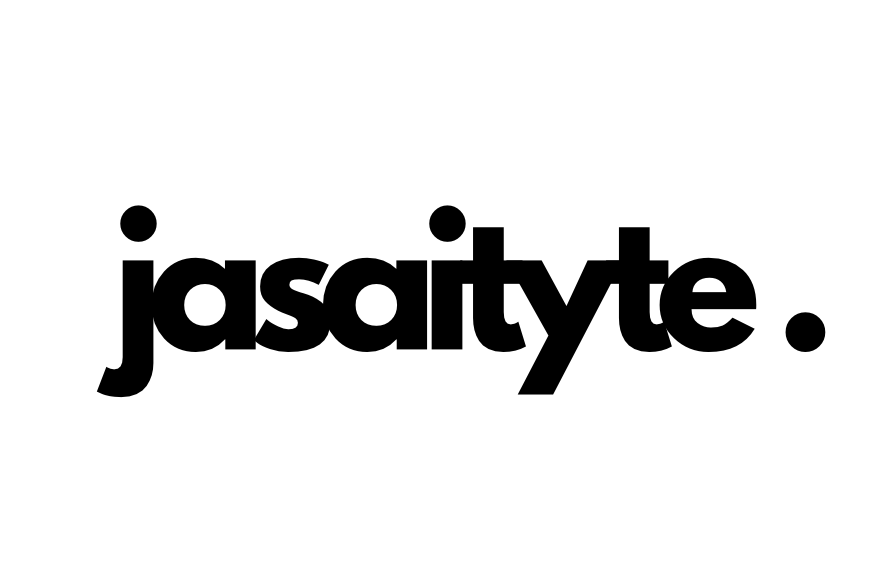Ready for a new way of doing things?
Making the seemingly impossible - possible.
An overview
Moji7o Lab, a website that offers AI-based services. It uses different solutions to innovate your business with data & artificial intelligence solutions. It helps to understand the challenges that companies face in the era of Industry 4.0. It expertises in data, artificial intelligence and industrial Internet of Things, helps to build and execute the data & AI strategy and develop pre-made and custom data, machine learning and AI solutions.
Problem
Many businesses struggle because they don't have a single place to find different AI services. It's like having to go to different stores for each item on your shopping list. Also, the interfaces of these AI tools can be confusing, making it hard for businesses to use them effectively.
Another problem is that businesses don't always know which AI services are right for them. There's a lack of clear communication between those who provide AI services and the businesses that need them. This makes it difficult for companies to understand how AI can actually help them with their specific challenges.
Additionally, many businesses are not aware of the benefits of using AI and data in their operations. They miss out on opportunities to improve efficiency and stay competitive because they don't understand how these technologies can make a difference.
Moreover, businesses face problems like scattered AI services, confusing interfaces, a lack of guidance on which services to use, and a general unawareness of the benefits of AI and data. These challenges make it tough for businesses to fully embrace and benefit from AI.
How I solved the problem?
1. Surveys and questionnaire
The primary aim of conducting surveys and questionnaires was to learn more about what people think and feel about using AI services. We wanted to get numbers (quantitative data) to go along with the stories people told us in interviews (qualitative insights). Our goal was to understand in detail how people use AI, what they like or don't like, and what problems they face. We wanted to know what people expect from a platform that provides AI services. By looking at both numbers and stories together, we hoped to have a full picture to help us make smart decisions as we build and plan the project.
Survey questions and explanation:
6 questions | 17 answers
1. Frequency of AI Usage: To find out how often people use AI services and understand how important AI is for their daily or occasional business activities.
2. AI Integration: Figuring out the problems users have when they try to use AI, so we can fix these common issues and make the platform better for them.
3. Important AI features: Knowing the specific things users want AI to do helps us make the platform better for various business needs and what users like.
4. User-friendliness score: Giving a number to how easy it is to use helps us measure how much the target audience expects the platform to be user-friendly.
5. Platform Preference - All-in-One vs. Specialized: Knowing if users like one big platform or separate specialized ones helps us set up the AI services platform in the way users prefer.
6. Comfort with Adopting New Technologies: Checking how comfortable users are with using new technologies helps us create easy ways for them to get started and provide helpful learning materials that suit their different levels of tech knowledge.
Results:
The info we got from the surveys was like a map, helping to make decisions at every step.
The surveys showed that most, about 70%, want the platform to be easy to use. This became the main idea for how to design things, making sure everything is simple and easy. About 45%, said it's hard to put AI into current systems. That is why understanding varied comfort levels with new technology, ranging from beginners to tech-savvy users (about 60% of respondents), guides our strategy for crafting onboarding materials. We aim to create a spectrum of resources, ensuring that users of all technical backgrounds can comfortably navigate the platform.
User reviews and testimonials emerged as influential decision-making criteria. This insight steers our marketing strategy, emphasizing positive user experiences to build trust and credibility among our audience.
2. Competitor analysis
After gathering data I performed a competitive analysis, testing three direct competitors to identify what currently is working well for users and compare their features with expectations of my survey users.
Conclusion
By examining the strengths and weaknesses of companies like AI Hub, TechConnect Pro, and DataGenius Solutions, I gained valuable insights to make Moji7o the best it can be. It's not just about keeping an eye on the competition; it's about learning from their moves. This analysis helped me to understand where we stand, where we can improve, and how to make Moji7o stand out in the AI game.
3. Ideation
As a user, I want to...
User stories
It was really important to know what users want to do on the website. So, I made stories about what we want the design to do. These stories helped me see clearly what main goals should be. I sorted them from the most important to the less important ones.
Have I managed to solve these problems?
Absolutely! 🌟
The final outcome is a great solution for businesses, simplifying the use of AI services. The design is straightforward, aiding businesses in time-saving across multiple aspects. Everything is nicely put together in one place, so you don't have to keep switching between different places. The design is simple and helps to save time. It makes it easy to move around without getting confused by too many choices. We made many things easier – from signing up to finishing the order, giving clear guidance and making sure the experience is personalized.
